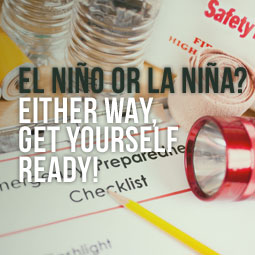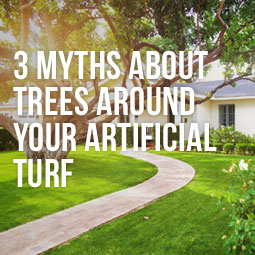 There’s nothing like total disagreement to keep you from making definitive plans for this winter. But that’s what we seem to have right now. The Old Farmer’s Almanac, a perennial favorite for predicting long-term weather, says Northern California will be colder and wetter. The National Oceanographic & Atmospheric Administration, otherwise known as NOAA, says things could go either way.
There’s nothing like total disagreement to keep you from making definitive plans for this winter. But that’s what we seem to have right now. The Old Farmer’s Almanac, a perennial favorite for predicting long-term weather, says Northern California will be colder and wetter. The National Oceanographic & Atmospheric Administration, otherwise known as NOAA, says things could go either way.
NOAA says it may be a tad warmer than average here – nothing special in terms of rainfall. But they aren’t certain, because they can’t quite tell if La Niña plans a visit to the US this winter or not.
That doesn’t mean we won’t have a serious “weather event”
In just the past couple of months, we’ve seen natural disasters assault the Caribbean and southern US states with hurricanes, tornadoes and record flooding. We’ve seen horrific fires incinerate huge areas all around our state. We can’t always predict the next disaster any better than we can predict the weather.
Will you be ready?
If disaster does strike again, you may not have more than a moment’s notice to evacuate. Or you could be stranded in place, without power or water or other basic necessities for an extended period of time.
Our extended years of drought weakened and even killed native vegetation. The wildfires that have swept through have burned off more vegetation. Without plant cover, the land is no longer capable of capturing rainfall and directing that moisture into the soil. The water just runs off, leaving us vulnerable to landslides and flooding. A mess at the very least, additional potential disasters at worst.
What can you do to prepare?
Organize a “just in case” stash of necessities that could carry you through a week or two on your own. Candles or lanterns and matches. Bottled water. Canned meals, packaged foods, and a can opener. Check your first aid kit to be sure it’s full and nothing has expired. If it’s been a while since you took a first aid class, or you’ve been meaning to learn CPR, now is the time to get that done.
Store these things where you can get at them with a minimum of fuss. Do not put them in the basement (assuming you even have one), because that’s where water will go first in the event of flooding.
And prepare a go-bag in case you need to evacuate quickly. Include your passport, a couple of clothing changes, an extra harness and leash for each pet. Keep it simple, and keep it by the door. Keep your wallet nearby, too.
Artificial turf protects your property
If you made the switch from a natural grass lawn to artificial grass, your yard has an advantage. Artificial turf is designed to facilitate fast drainage. Instead of water building up in puddles or flowing off into the gutters or down the street, fake grass directs rain water into the soil where it belongs. That reduces the risk your sloping yard might slip away, even with heavy rain. A nice side benefit? There’s no muddy mess, either.
Warmer or colder, artificial turf doesn’t care
Your faux lawn is ambivalent about the weather. It’s designed to perform as expected whether it’s hot in the summer or cold in the winter and whether temperatures are average or not. Fake grass doesn’t read the Old Farmer’s Almanac or watch the nightly weather report. It’s prepared to keep looking great, regardless.
Stay tuned . . .
NOAA will offer an updated opinion on winter weather sometime in mid-November. Meanwhile, your best plan is to be prepared.












